For online shopping, that little credit card security code is super important—it keeps your payments safe. You might know it as CVV, CVC, or CCV—just a few numbers that really help stop scammers.
Table of Content
- How to locate your credit card security code quickly
- Why credit card security codes prevent fraudulent transactions
- Difference between CVV, CVC, and CCV security codes
- What happens when you share your security code accidentally
- How often should you update saved security codes online
- Can merchants legally store your card security code
- Best practices for entering security codes on mobile
- Dynamic security codes versus traditional static CVVs
- How credit card security codes vary by country
- Teaching teenagers about credit card security codes
- Security code requirements for different payment types
- Future technologies replacing traditional security codes
- Common myths about credit card security codes debunked
No matter if you shop online all the time or just sometimes, you gotta know where your card’s security code is and how to use it right. We’ll show you where to find your CVV and how to keep it safe.
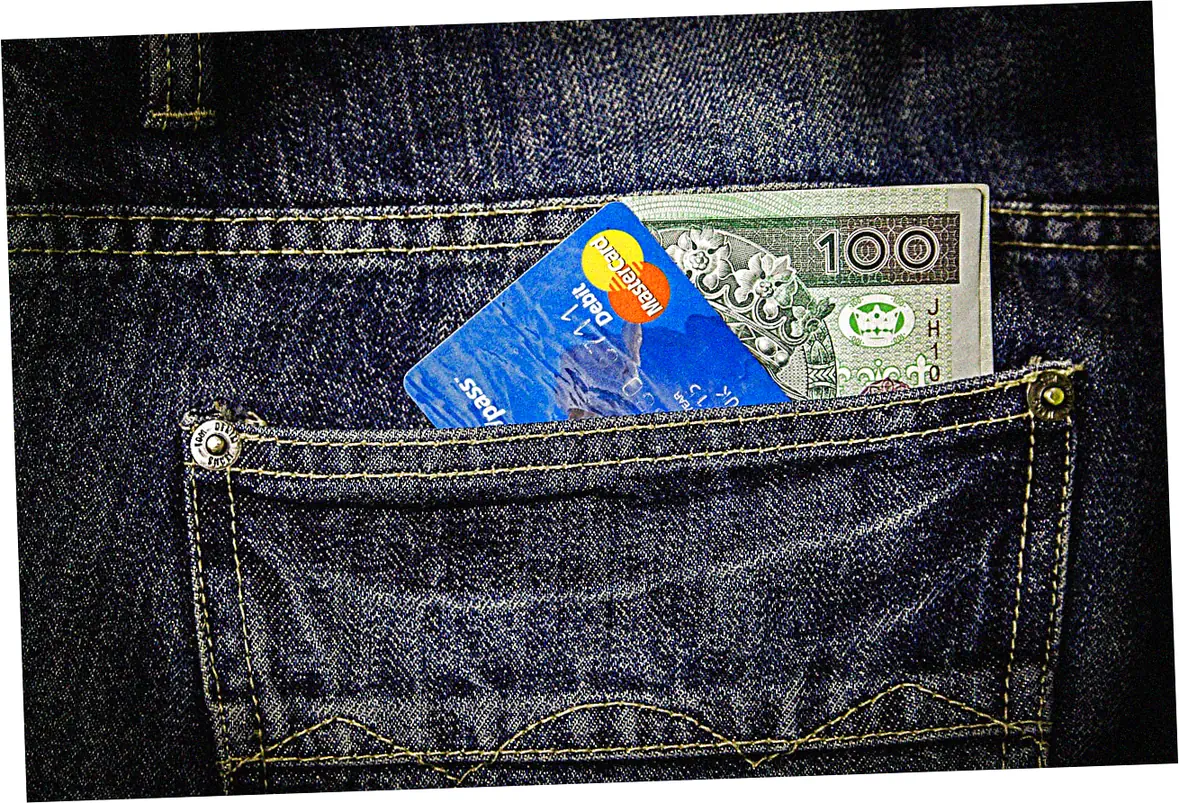
How to locate your credit card security code quickly
Spotting your card’s security code is easy when you know the right spot.
On Visa, Mastercard, and Discover cards, you’ll find the 3-digit CVV on the back near where you sign. But Amex cards put their 4-digit code right on the front.
Can’t find it? Try tilting your card in the light—those little raised numbers pop out better. Don’t mix it up with your card number or expiry date—always check twice when typing it in. The Fed found in 2022 that messing up your CVV causes about 1 in 3 failed payments—so getting it right matters. When the numbers rub off, just call your bank for a new card so your payments don’t get stuck.
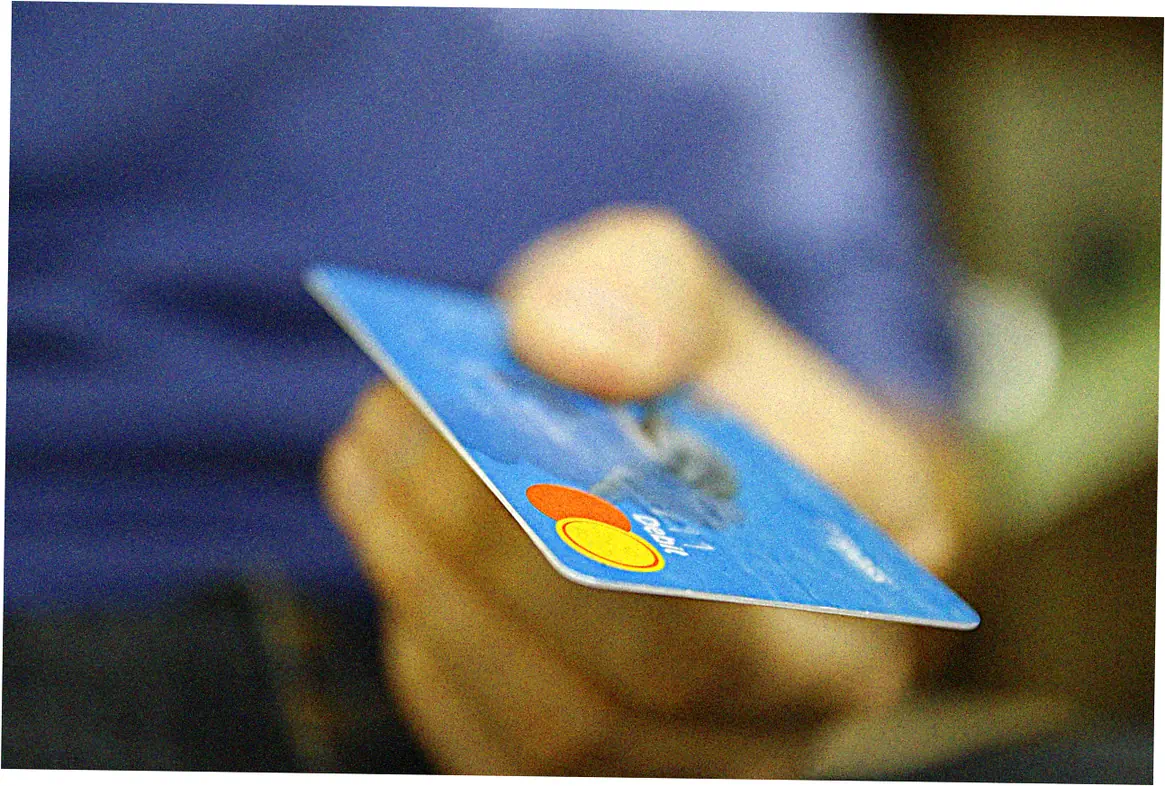
Why credit card security codes prevent fraudulent transactions
Those security codes are like a moving target for thieves.
Stores don’t keep your CVV like they do your card number, so hackers can’t grab it even if they break in. This stops most card not there scams—the kind that caused 65% of card losses in 2021.
When you type it in, the system checks instantly with your bank to make sure it’s legit. Fancy new cards even have codes that change regularly—like those cool digital ones people posted about on Reddit. Nothing’s perfect, but using CVV plus two-factor login really locks out the bad guys.
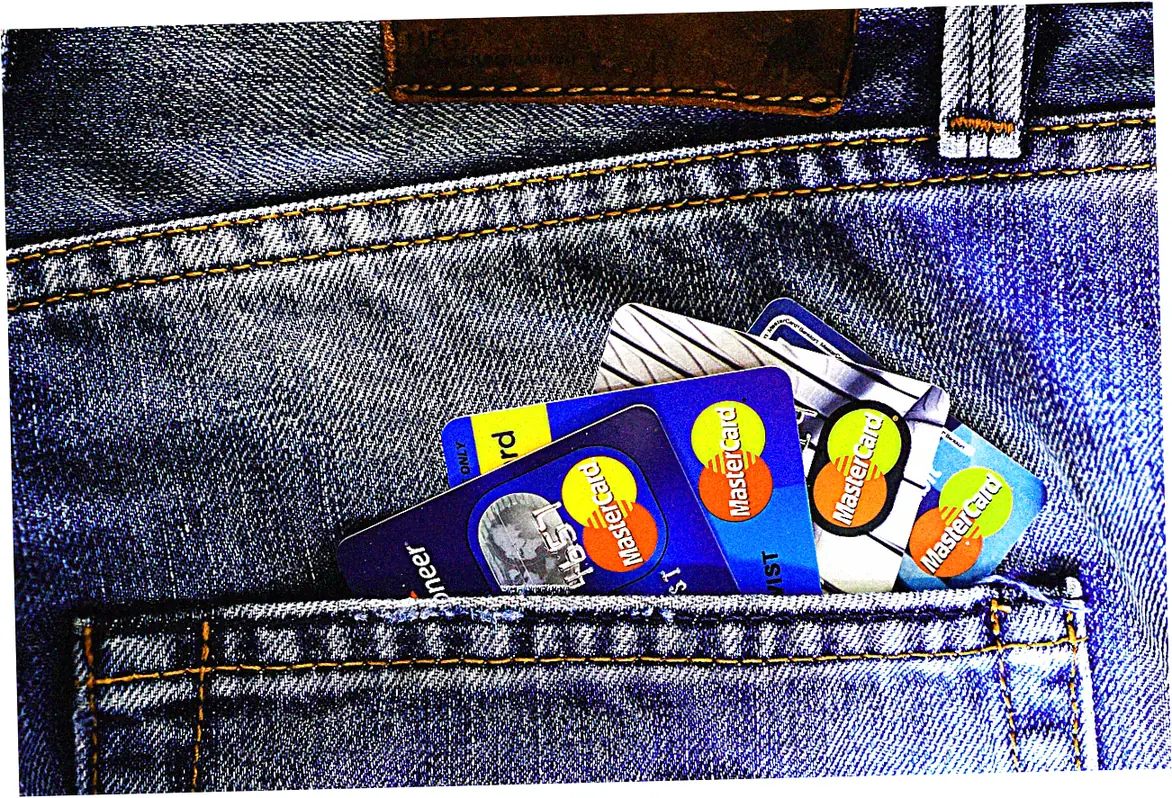
Difference between CVV, CVC, and CCV security codes
People say CVV, CVC, and CCV like they’re the same, but there are small differences.
Visa says CVV, Mastercard says CVC, and CCV is just the general name. They all do the same job—proving you’ve actually got the card when buying stuff online.
Amex puts a 4-digit code up front, while other cards use 3 digits on the back. Money pros say these differences started back in the 2000s when companies were trying different ways to fight fraud. Cool fact: Some fancy cards now show both regular and changing codes—like Capital One’s Smart Code thing. Knowing this stuff helps when your payment gets denied—just check what code your card actually uses.
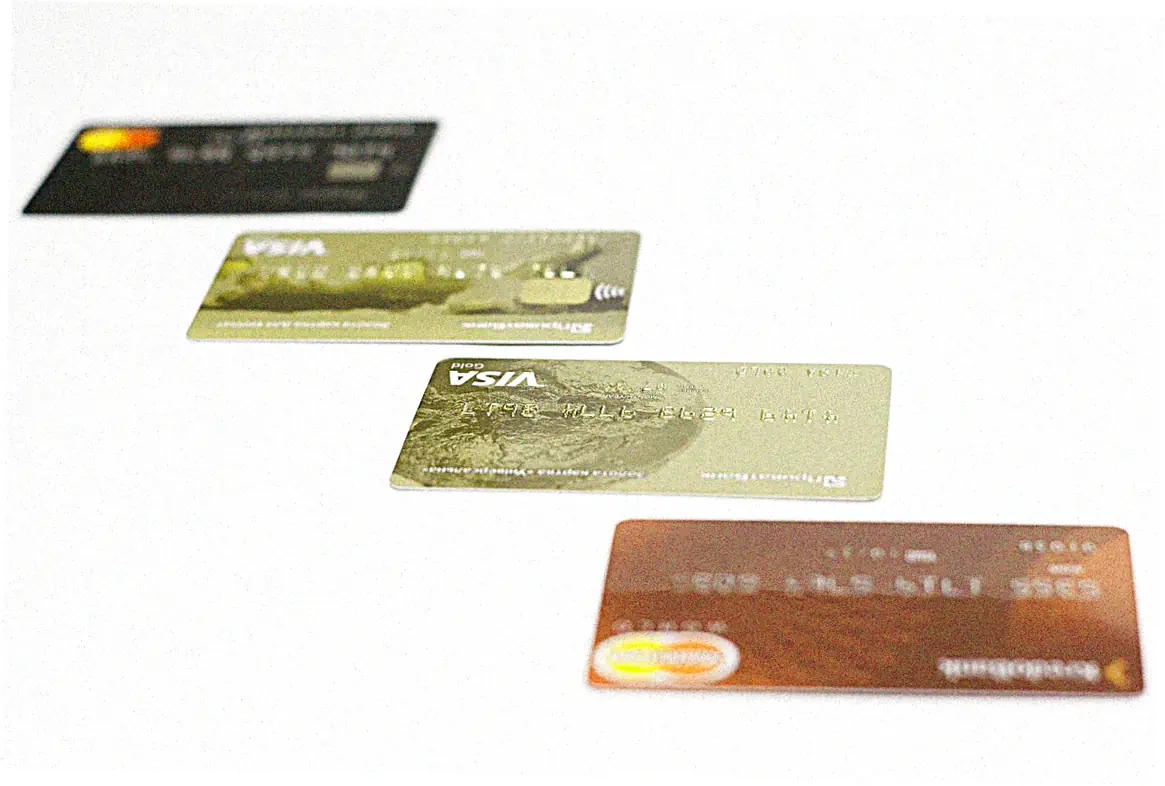
What happens when you share your security code accidentally
If you accidentally give out your security code, it’s bad news—but acting fast can help.
Told some shady caller your code? Or typed it on a fake site? Call your bank right away—they’ll stop payments and send a new card. Banks have fraud lines that are open all day, every day for stuff like this.
Consumer Reports says in 2023 that people who reported stolen CVVs within 2 hours lost way less money—like 89% less—than those who waited. Don’t save pics of your card in the cloud—the Identity Theft folks found 40% of card hacks start that way. For stuff you pay monthly, try using virtual card numbers with their own CVVs if your bank offers them. Here’s the rule: real companies won’t email or call asking for your security code—that’s always a scam.
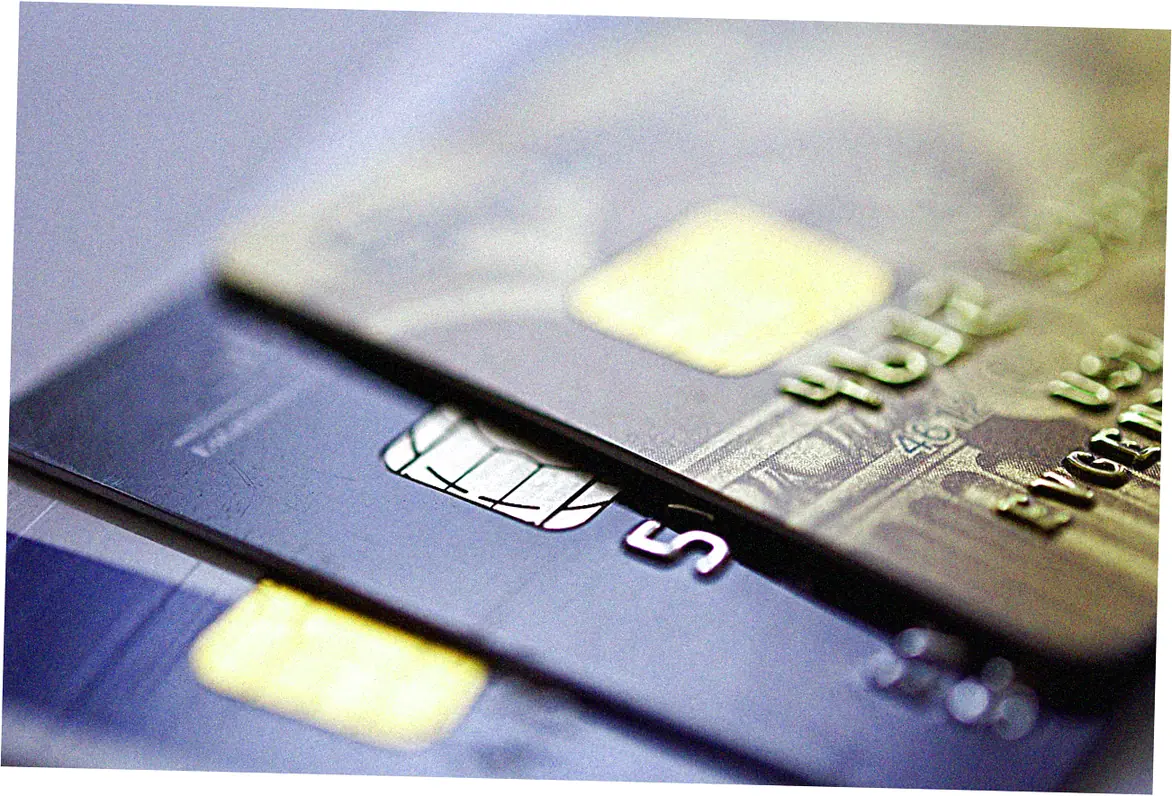
How often should you update saved security codes online
Keep your digital wallet updated with fresh security codes so your payments don’t fail.
When you get a new card (every few years or after fraud), the CVV changes—but lots of folks forget to update their password apps, which messes up checkout. Money experts say check your saved payment info every 3 months.
A 2023 survey found most autofill fails (62%) happen because people didn’t update their security codes. Some browsers can spot CVV changes automatically, but you should still check yourself. Cards with changing CVVs (like those cool ones on Reddit) might not update automatically—set a monthly reminder to check them. Traveler’s tip: Update all your saved CVVs before trips so hotels and rental cars don’t reject your card.
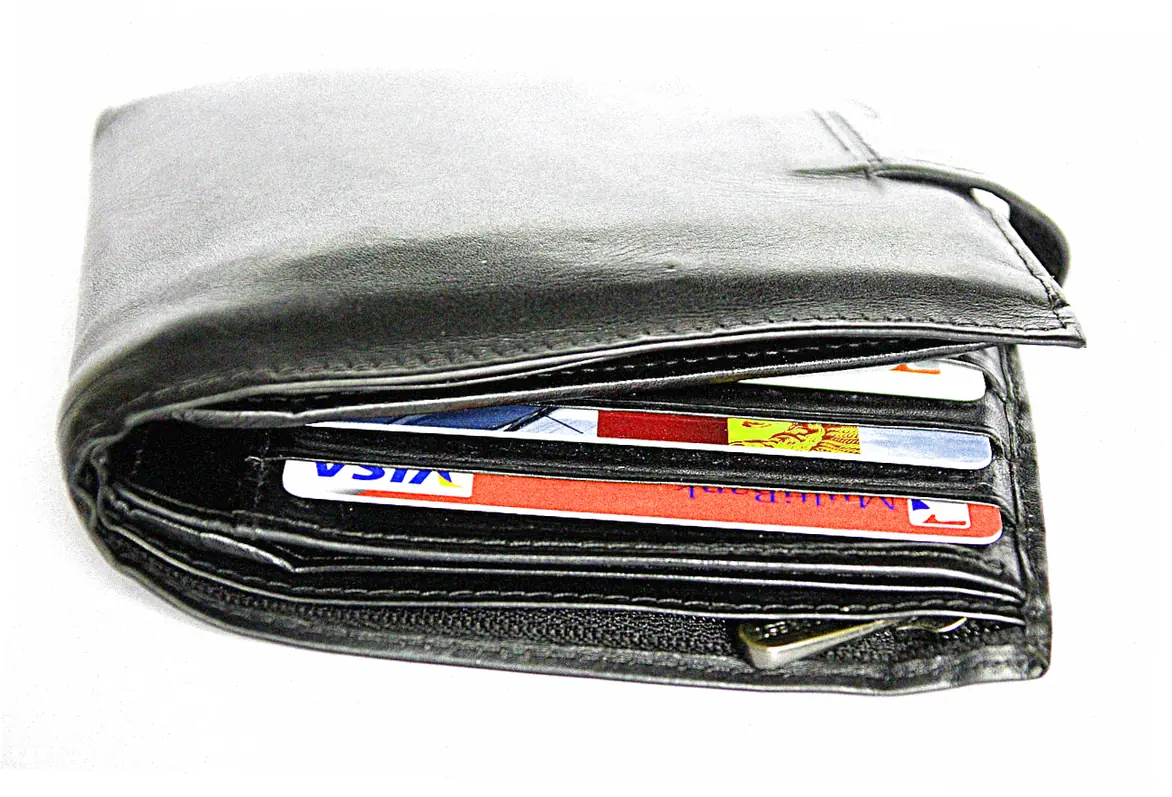
Can merchants legally store your card security code
The rules say stores can’t keep your security code after you pay.
That’s because the CVV proves you actually have the card when you buy something. But there are exceptions—Apple Pay and some subscriptions handle CVVs differently.
In 2022, one big store got fined $2.7 million for keeping CVVs when they shouldn’t. Always check privacy policies before saving cards; look for phrases like PCI-compliant tokenization. If something seems off, try PayPal or virtual cards that hide your real CVV. As cybersecurity expert Brian Krebs notes, No legitimate business needs your CVV after the initial sale—if they’re asking to store it, walk away.

Best practices for entering security codes on mobile
You gotta be extra careful with CVVs on phones—small screens make mistakes easier, and scams are everywhere.
Before typing your CVV, make sure you’re on a real site or app—look for that little padlock symbol. Don’t enter your CVV on coffee shop Wi-Fi—use your phone’s data or a VPN.
Lots of bank apps now have special keyboards that stop screen recording when you type your CVV. Norton found in 2023 that people using this feature got 73% fewer fraud tries. If you shop a lot on your phone, try mobile wallets like Google Pay that scramble your CVV. Wipe old phones completely before getting rid of them—leftover payment info caused 18% of mobile fraud last year. Little things help—like covering your screen in public and never texting card pics.

Dynamic security codes versus traditional static CVVs
Changing security codes are the new hot thing in payment safety.
Instead of staying the same until you get a new card, these codes change monthly using tiny screens like on Kindles. Mastercard’s 2023 test found fake cards dropped by 92% when using changing CVVs.
Downsides? The batteries last about 3 years, and some folks can’t read them in bright light. Regular CVVs aren’t going away—they’re cheaper so most cards still use them. Experts think we’ll get mixed systems soon, like one-time CVVs from bank apps. Right now, treat changing codes just like regular ones—nothing makes a card 100% safe.
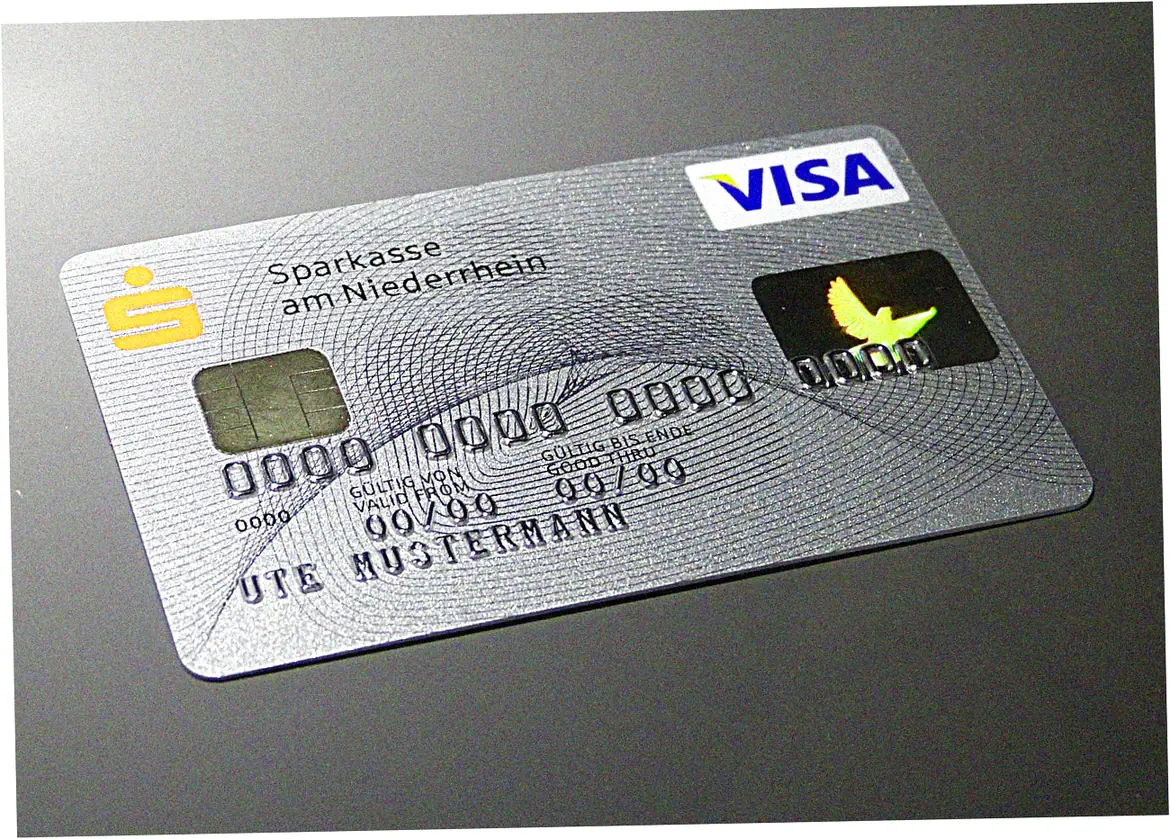
How credit card security codes vary by country
Different countries have different security code setups based on how they handle payments and fraud.
Most places use the usual 3 or 4 digit codes, but not everywhere. In Brazil, the CVV’s on the front left, and some Japanese cards put it sideways on the edge.
Europe makes you do extra checks—sometimes a text code plus your CVV for big purchases. India’s FASTag gas payments skip CVVs completely—they use your car info instead. Travelers should note that some foreign websites may label the security code field differently—look for terms like codice di sicurezza (Italian) or セキュリティコード (Japanese). Always inform your bank before international trips to prevent CVV-based transaction blocks—a common pain point according to a 2023 Global Traveler survey.
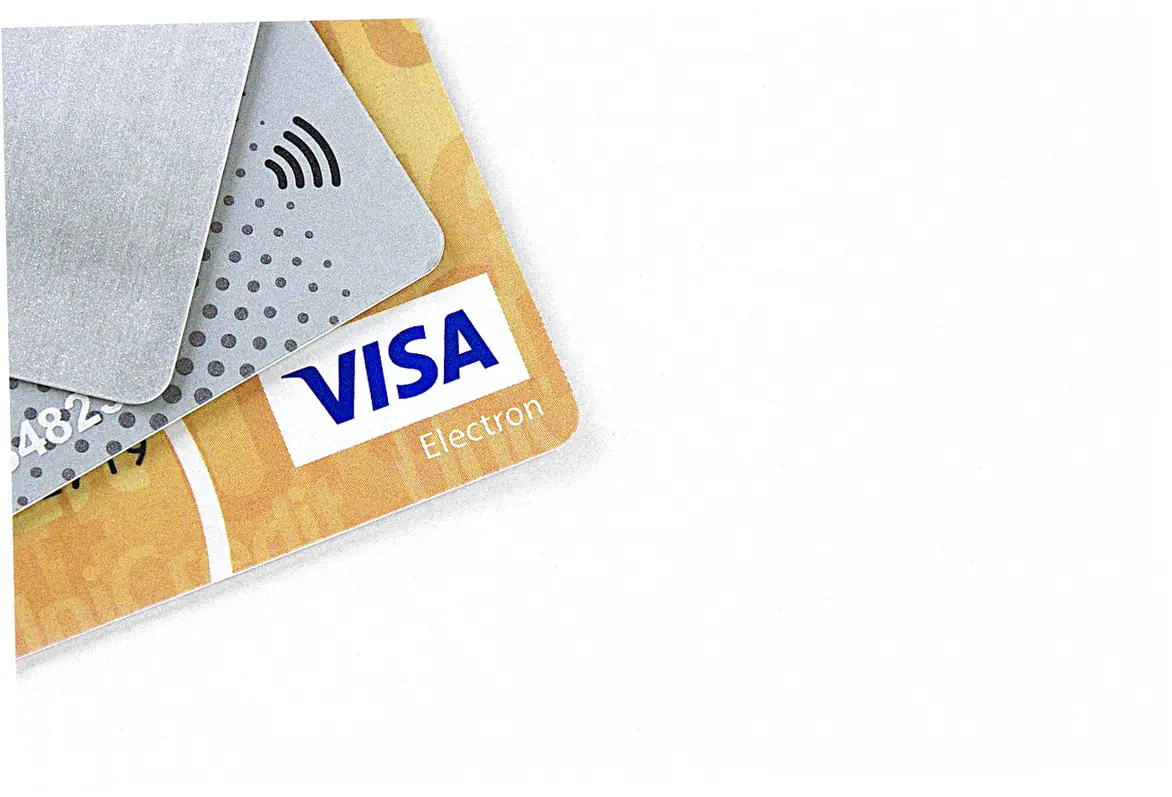
Teaching teenagers about credit card security codes
Educating young adults about credit card security codes builds financial literacy early.
Start by explaining that the CVV is like a secret handshake proving they physically hold the card—not just know the numbers. Use relatable analogies: Sharing your CVV is like giving someone your house key and alarm code.
Many banks offer teen cards with parental controls; these often have prominent CVV education in their apps. A 2023 Jump$tart Coalition study found that teens who received hands-on CVV training made 60% fewer risky sharing decisions. Practical exercises help: cover the code with a sticky note when photographing cards for allowance apps, or role-play declining sketchy requests for the number. Emphasize that even trusted friends shouldn’t know the CVV—a common mistake in teen shared subscriptions. Resources like the CFPB’s Money as You Grow include age-appropriate CVV safety activities, turning abstract concepts into lifelong habits.

Security code requirements for different payment types
Not all payment methods treat credit card security codes equally.
While e-commerce sites universally require CVV entry, exceptions exist: recurring bills often bypass subsequent checks after initial verification, while in-app purchases may use platform-specific tokens instead. Contactless payments (Apple Pay, tap-to-pay) generate dynamic security codes for each transaction, different from your physical card’s CVV.
A 2023 Mercator Advisory report showed that 34% of card-on-file systems no longer prompt for CVV after the first purchase—a convenience that increases fraud risks. When using payment intermediaries like PayPal, the CVV check occurs behind the scenes during account linking. Understanding these nuances prevents confusion when some transactions proceed without CVV prompts while others strictly enforce them. For maximum security, opt for services that require CVV verification for every transaction, even if it means slightly slower checkouts.
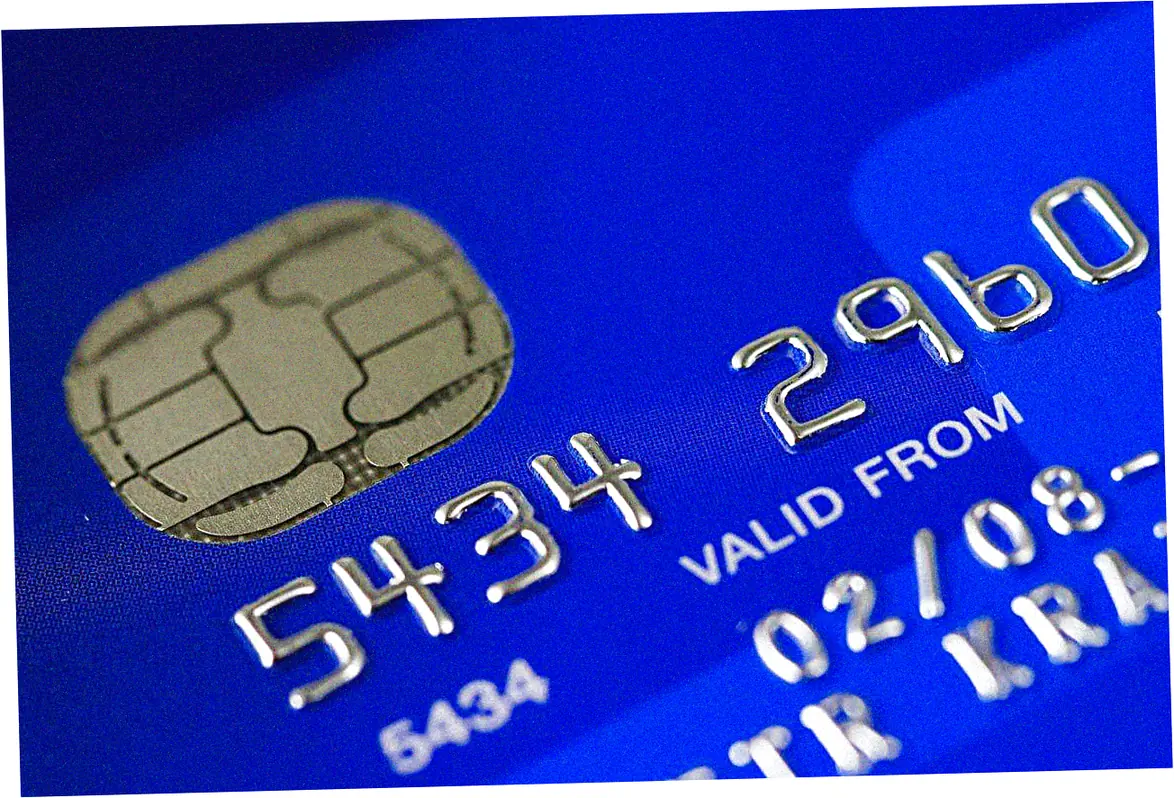
Future technologies replacing traditional security codes
Biometric authentication and blockchain are poised to revolutionize credit card security beyond static codes.
Visa’s 2023 Biometric Checkout program replaces CVV entry with fingerprint or facial recognition at participating merchants. Experimental self-destructing CVVs generate via micro-OLED displays that become unreadable after 60 seconds—currently in testing by American Express.
Cryptocurrency-linked cards use quantum-resistant algorithms to create transaction-specific codes that can’t be reused. However, transition challenges remain: a 2023 Aite-Novarica survey found 61% of consumers still prefer familiar CVV systems over newer methods. Industry experts predict a 5-7 year hybrid phase where traditional security codes coexist with emerging technologies. Until then, the humble CVV remains your first line of defense—treat it with care while staying informed about evolving alternatives.
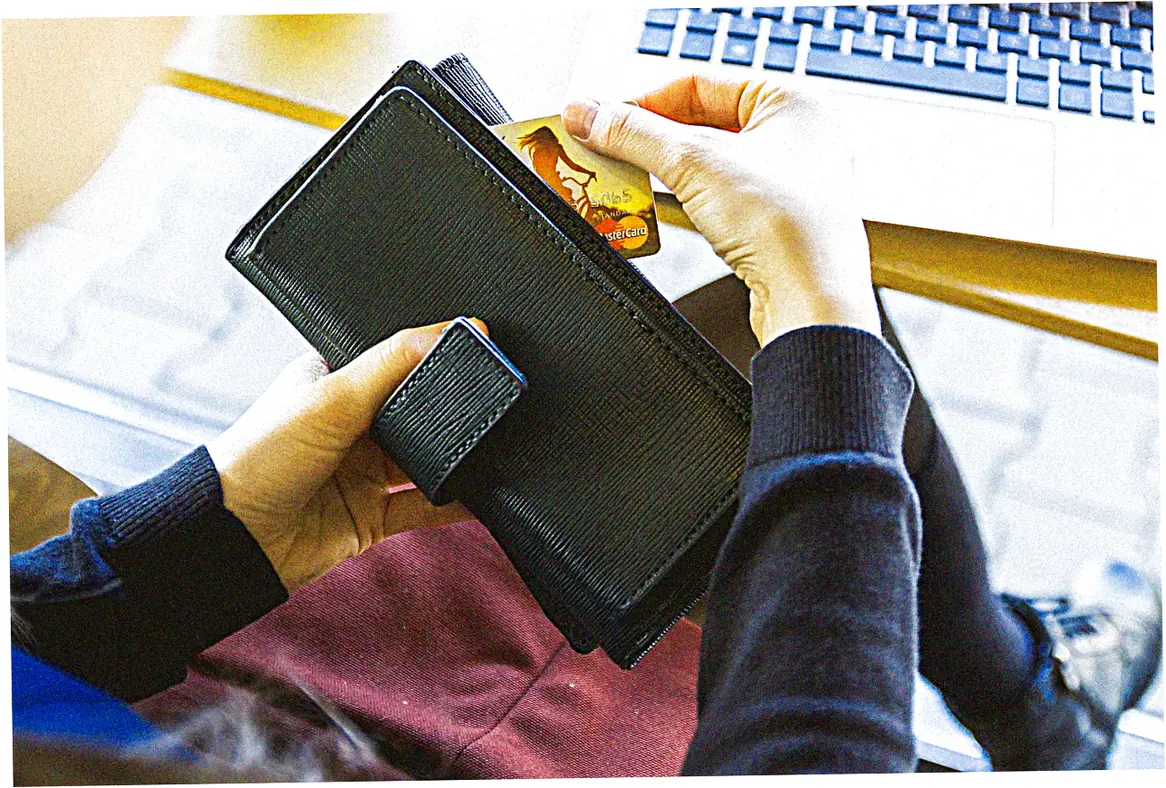
Common myths about credit card security codes debunked
Misconceptions about credit card security codes persist despite widespread use.
Myth #1: CVV changes make old card numbers useless—actually, both number and CVV must change to prevent fraud (as confirmed by a 2023 Experian study). Myth #2: Premium cards don’t need CVV protection—even platinum cards rely on this basic safeguard.
Myth #3: Covering your CVV prevents all fraud—while helpful, skimmers can still capture other card details. A particularly dangerous myth suggests that providing your CVV proves you’re the legitimate cardholder to cold callers—this is always a scam. The Truth in Lending Act actually limits your liability for unauthorized charges regardless of CVV disclosure. Financial educator Dave Ramsey’s team notes that 23% of identity theft victims believed these myths before being defrauded. Remember: security codes are just one layer in a comprehensive anti-fraud strategy that should include transaction alerts and credit freezes.
In our digital age, the credit card security code remains an essential yet often misunderstood component of payment safety.
From locating your CVV to adopting next-generation authentication methods, staying informed helps you shop confidently while minimizing fraud risks. Remember these key takeaways: never share your security code unnecessarily, update stored CVVs promptly after receiving new cards, and combine CVV use with other protections like transaction alerts.
For added security, consider cards with dynamic codes or virtual account numbers for online purchases. Have questions about your specific card’s security features? Contact your bank’s customer service—they can provide tailored advice based on your card type and spending habits. By treating your CVV with the same care as your ATM PIN, you transform those few digits into a powerful shield against financial crime.